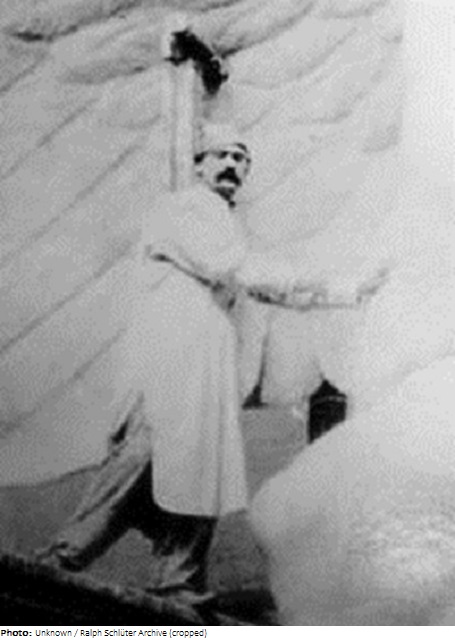John Donoghue

Biographical information
| Roles | Competed in Olympic Games |
|---|---|
| Sex | Male |
| Full name | John Talbott•Donoghue |
| Used name | John•Donoghue |
| Born | 1853 in Chicago, Illinois (USA) |
| Died | 1 July 1903 in Hamden, Connecticut (USA) |
| NOC |  United States United States |
Biography
John Donoghue was an American sculptor and painter. Originally titled “The Young Sophocles Leading the Chorus of Victory after the Battle of Salamis”, his piece that was submitted for the art competitions dated back to 1885. The 2.34 m tall bronze cast from 1927 that is part of the collection of the Metropolitan Museum of Art now stands in the entrance of the main lobby of the Federal Reserve Bank of New York. At the time of the Amsterdam Olympics Donoghue had been dead for 25 years.
Donoghue studied at the Chicago Academy of Design beginning in 1875 and later moved to the École des Beaux-Arts in Paris on a scholarship. Author Oscar Wilde, who lived in Chicago, became a supporter of Donoghue’s work after Donoghue’s return to the city in 1881. This in turn attracted a patron whose financial backing allowed Donoghue to work in Paris and Rome for some years. After that, he mainly created architectural sculptures. It was in Rome in the 1890s that he molded his gigantic sculpture “The Spirit Brooding over the Abyss”. The work was intended to be presented at the World’s Columbian Exposition in Chicago, but never got there and eventually the separate pieces got lost or were destroyed on the way. Back in New York, he became an architectural sculptor. His design for a monument of US president McKinley, however, who was assassinated in 1901, was rejected. Soon after he was found dead at the shore of Lake Whitney in Connecticut with a wound behind the left temple and a revolver beside his hand. It was ruled that he committed suicide by shooting himself.
Results
| Games | Discipline (Sport) / Event | NOC / Team | Pos | Medal | As | |
|---|---|---|---|---|---|---|
| 1928 Summer Olympics | Art Competitions |  USA USA |
John Donoghue | |||
| Sculpturing, Statues, Open (Olympic) |
Special Notes
- Listed in Olympians Who Committed Suicide (Committed suicide by shooting himself)